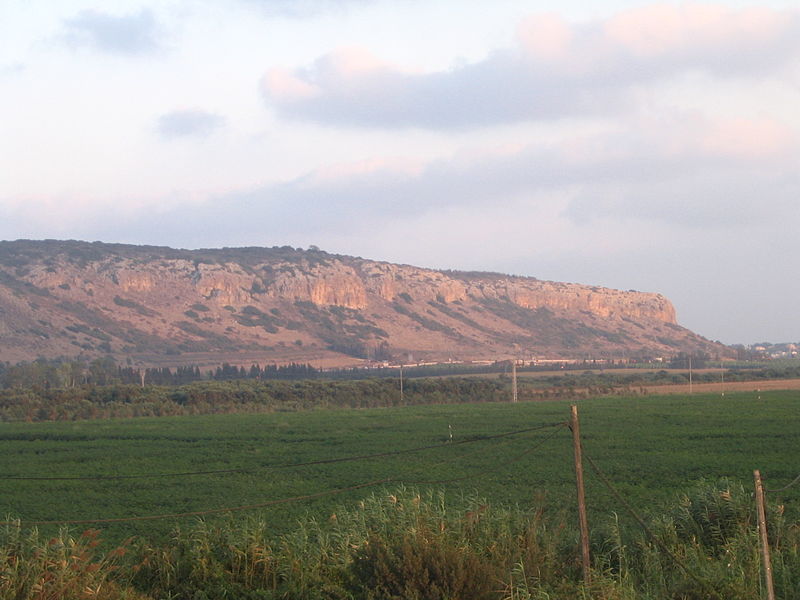In an effort to streamline the Catholic Bloggers Network, we
are currently reviewing our roster of contributors and would like to invite new Catholic Bloggers to consider this wonderful venue.
By posting on one of our FOUR Contributor
pages, you will have the opportunity to reach other interested Catholics in a
new way and hopefully lure them to your
own Catholic Blog!
Choose from:
Scripture, Readings and Reflections
Catechism and Apologetics and Catholic Product Reviews
The Liturgical Calendar and Homeschooling
Catholic Family Journal
All current and potential Contributors:
(If you are not yet a contributor, you will receive an invitation after you fill out this form.)

These are our guidelines:
1. Be Considerate: Please post up to ONCE a week in your category to give others a chance! We have the Monthly Blog Link-Up Blitz and other special events, so that everyone can regularly share multiple posts from their Catholic blog.
2. Be Brief: We are happy to help you increase traffic on your
site! Please post only 1-2 photos and a brief summary of your post, with a link
to your complete blog post. We also appreciate unique posts…and not identical
posts to what you have already published on your blog.
You can include the following: “Read the entire story
at {link to full post on your blog}”
With shorter entries, readers can skim through many more
posts on eachContributor page and will refer to individual blogs for more
information…
increasing traffic to your site!
3. Promote the Catholic Bloggers Network: Please have at least one clearly visible
Catholic Bloggers Network button on the home page of your blog. If you’d like
to include a link at the end of the post on your blog, we’d appreciate that
too!
4. Be Friendly: Include a short signature biography with a
photo (or blog button).
Monica is a wife, Mom of 5+ kids, a designer, an architecture school survivor, an author and a crafter who thinks it’s cool to be Catholic! Check out the
Arma Dei Shoppe for solid Catholic, fun teaching tools and gifts to celebrate and teach the Catholic Faith and subscribe to
Equipping Catholic Families for family-building and Faith-centered crafts!
and most importantly:
5. Be Catholic: This blog posts only material and ideas that
are in conformity with the teachings of the Holy Roman Catholic Church, Sacred
Scripture, the Apostolic See, and Catholic Tradition. Anything that is contrary
to the aforementioned is accidental and unintentional and will likely be removed.
If you happen to find a contrary post linked to the Catholic
Bloggers Network, please contact us immediately so that we can address it
appropriately: mmcconkey{a t} rogers {dot} com
Remember! If you would like a steady stream of posts from any of the
special Catholic Bloggers Contributor pages, please subscribe to these Contributor Pages by
RSS or follow by email!













